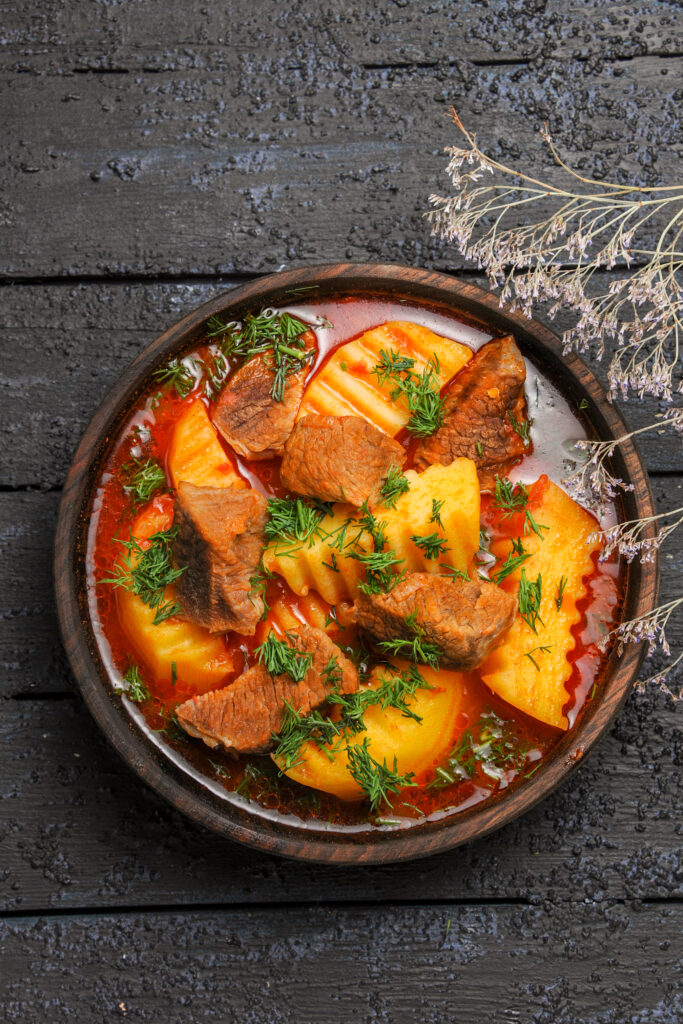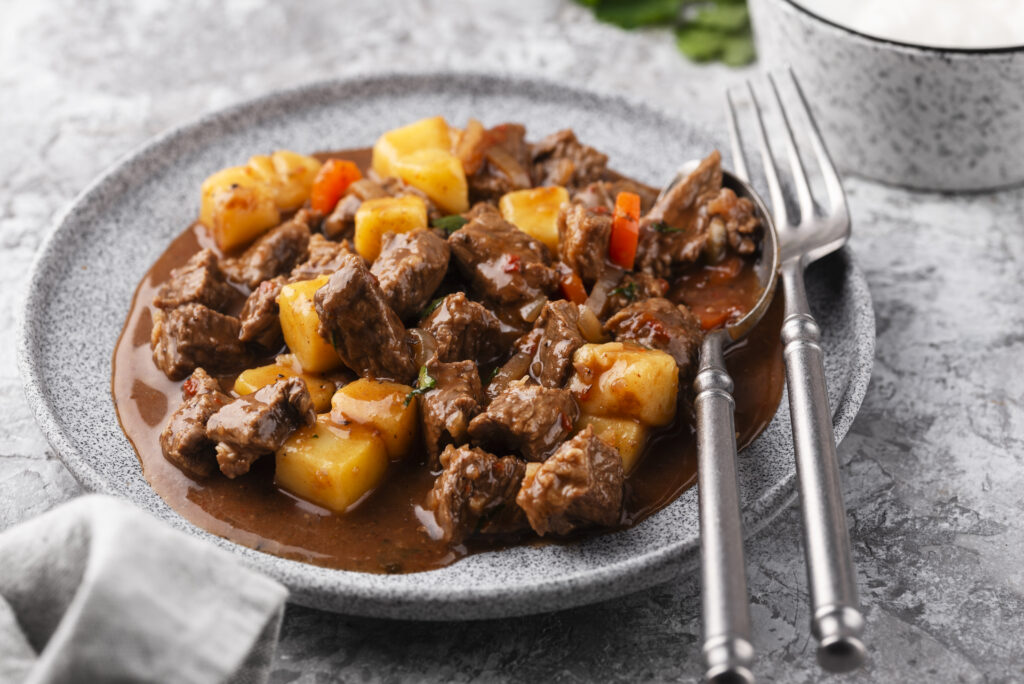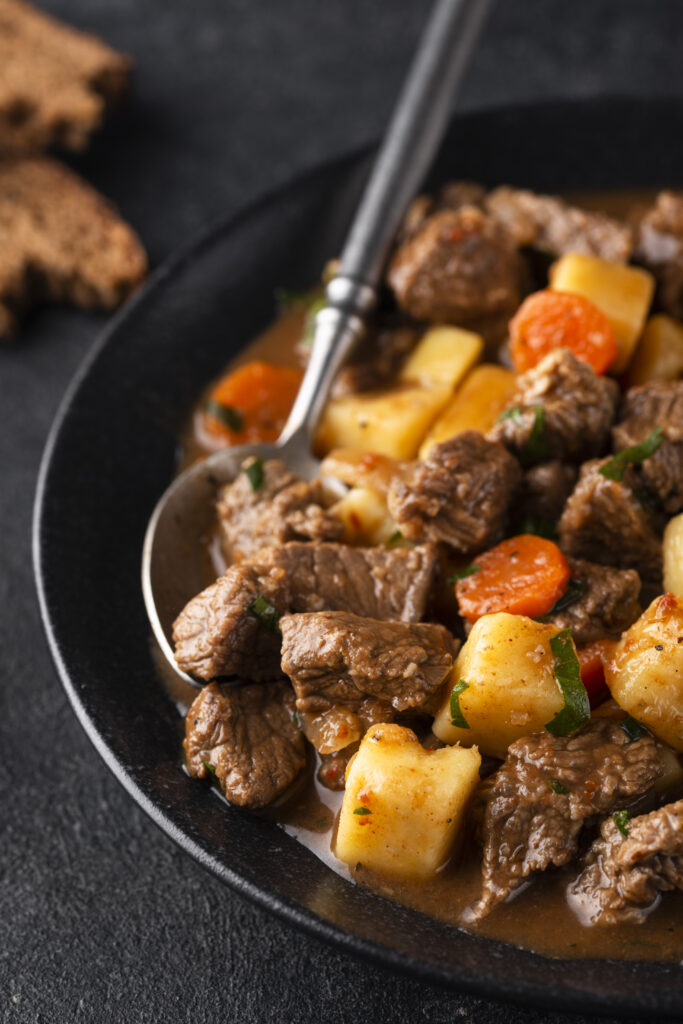Cacio e Pepe is proof that simplicity in cooking can create something magical. With only a few basic ingredients—cheese, pasta, pepper, and water—you end up with a rich, creamy, flavorful pasta dish that’s more comforting than many meals with twice the effort.
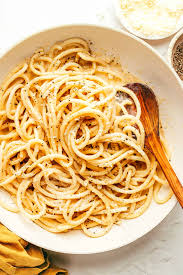
This iconic Roman pasta doesn’t rely on butter, cream, or meat. It’s all about technique and quality. The key is using good cheese, fresh pepper, and knowing how to handle your pasta water. And the best part? You can make this in under 20 minutes from pantry staples.
Whether you’re preparing a quick solo lunch or want an elegant dinner without too much fuss, this is a dish that always delivers. It’s cozy, satisfying, and perfect for days when you want comfort on a plate.
What Makes This Recipe Special?
Cacio e Pepe means “cheese and pepper,” and that’s exactly what this dish is—no fancy sauces, no meat, just the fundamentals done right. What makes it special is how those three ingredients turn into a luscious, creamy sauce that coats every noodle like silk.
In Rome, it’s one of the most respected pasta dishes—and also one of the hardest to master. The sauce doesn’t come from adding cream, but by creating an emulsion with cheese and starchy pasta water. Once you get the hang of it, you’ll feel like a pasta master yourself.
This version sticks to traditional ingredients but makes sure they align with dietary needs. That means using cheese that contains no animal rennet and pasta that’s egg-free—keeping things clean and widely suitable without compromising authenticity.
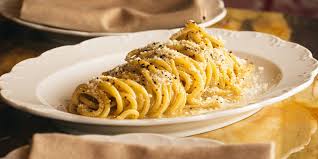
🧀 Ingredients
You only need five ingredients—three core ones, and two basics you already have in your kitchen.
- 200g dried spaghetti or tonnarelli (or any pasta you like)
- 80g finely grated aged cheese (choose vegetarian-friendly cheese like aged Pecorino-style or Parmesan-style that uses microbial rennet)
- 1½ tsp freshly cracked black pepper
- Salt for the pasta water
- ½ to 1 cup reserved pasta water (the magic ingredient!)
That’s it. The beauty of this dish is in using what you already have, and making it sing.
👨🍳 Instructions
1. Boil the Pasta
Start by boiling your pasta in a large pot of well-salted water. It should taste a little like the sea. Use less water than usual so your pasta water gets extra starchy—it helps the sauce stick better later.
Cook the pasta 1–2 minutes less than the package recommends so it finishes cooking in the sauce.
Right before draining, save at least 1 cup of that starchy pasta water. You’ll need it to create the silky sauce.
2. Toast the Pepper
In a wide skillet or saucepan, toast the freshly cracked black pepper on medium heat for about a minute. You don’t need oil here—dry toasting helps release its aroma and slight smokiness.
Then add about ½ cup of the reserved pasta water to the pan. This creates a warm peppery base that’s going to carry the cheese beautifully.
3. Melt the Cheese
Take the pan off the heat and stir in the grated cheese gradually. Stir or whisk constantly until the cheese fully melts and forms a sauce. Add more pasta water as needed to thin it out.
This step is where the sauce is born. You want it creamy—not clumpy or stringy. If it seizes or clumps, stir in a splash of warm (not hot) pasta water and keep mixing until smooth.
4. Combine Pasta and Sauce
Transfer the cooked pasta straight into the pan using tongs. Keep tossing and mixing over low heat, until the noodles are completely coated in that creamy pepper-cheese sauce.
If needed, adjust consistency with more pasta water, one tablespoon at a time.
5. Serve and Enjoy
Plate the pasta immediately. Top with extra grated cheese and a little more cracked pepper if you like it bolder.
Cacio e Pepe is best eaten hot and fresh—before the sauce tightens up.
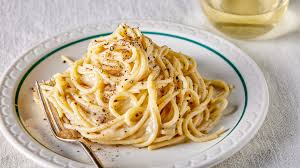
💡 Tips for Success
- Use finely grated cheese. The finer, the better. A powdery texture melts faster and more smoothly.
- Avoid pre-shredded cheese. It often contains anti-caking agents that prevent it from melting well.
- Don’t skip the pepper. It’s not just heat—it adds depth and earthiness.
- Add water slowly. Too much water will thin the sauce. Go bit by bit and mix well.
- Temperature control is key. Cheese melts best in warm—not boiling—liquid.

Cacio e Pepe
Ingredients
Method
- Start by boiling your pasta in a large pot of well-salted water. It should taste a little like the sea. Use less water than usual so your pasta water gets extra starchy—it helps the sauce stick better later.
- Cook the pasta 1–2 minutes less than the package recommends so it finishes cooking in the sauce.
- Right before draining, save at least 1 cup of that starchy pasta water. You’ll need it to create the silky sauce.
- In a wide skillet or saucepan, toast the freshly cracked black pepper on medium heat for about a minute. You don’t need oil here—dry toasting helps release its aroma and slight smokiness.
- Then add about ½ cup of the reserved pasta water to the pan. This creates a warm peppery base that’s going to carry the cheese beautifully.
- Take the pan off the heat and stir in the grated cheese gradually. Stir or whisk constantly until the cheese fully melts and forms a sauce. Add more pasta water as needed to thin it out.
- This step is where the sauce is born. You want it creamy—not clumpy or stringy. If it seizes or clumps, stir in a splash of warm (not hot) pasta water and keep mixing until smooth.
- Transfer the cooked pasta straight into the pan using tongs. Keep tossing and mixing over low heat, until the noodles are completely coated in that creamy pepper-cheese sauce.
- If needed, adjust consistency with more pasta water, one tablespoon at a time.
- Plate the pasta immediately. Top with extra grated cheese and a little more cracked pepper if you like it bolder.
- Cacio e Pepe is best eaten hot and fresh—before the sauce tightens up.
Serving Suggestions
Cacio e Pepe can be served on its own or with a few light sides. Here are a few ideas:
- A fresh green salad with lemon vinaigrette
- Oven-roasted vegetables (like zucchini, bell peppers, or mushrooms)
- Grilled flatbread or garlic bread
- Fruit spritzer or sparkling lemonade for a refreshing contrast
This dish also pairs well with a cup of soup or a simple tomato salad.

Nutritional Information (Per Serving)
| Nutrient | Amount |
|---|---|
| Calories | 530 kcal |
| Carbohydrates | 63 g |
| Protein | 22 g |
| Fat | 21 g |
| Saturated Fat | 11 g |
| Fiber | 3 g |
| Sodium | 640 mg |
Note: Nutritional values vary based on your choice of cheese and pasta.
Flavor Variations For Cacio e Pepe
If you want to give this classic dish a small twist while staying true to its roots, try one of these:
- Lemon Zest: A small sprinkle of lemon zest right before serving gives a bright citrus note.
- Truffle Oil: A light drizzle of truffle oil adds luxury without effort.
- Chili Flakes: Want heat? Add a pinch of chili flakes with the pepper for a spicy version.
- Herbs: Add a few fresh basil leaves or parsley just before serving.

Final Thoughts
Cacio e Pepe is more than just a pasta recipe—it’s a celebration of cooking with confidence and care. With just a handful of ingredients and a little attention to detail, you get a dish that tastes way more luxurious than it looks on paper.
This is comfort food with elegance. No meat, no sauce jars, no shortcuts—just good ingredients working in harmony. Once you try it, it’ll become one of your favorite weeknight meals. Quick, easy, and guaranteed to impress.
Related Recipes to Try
Love the idea of making delicious meals from canned sardines? Here are a few more dishes that are affordable, comforting, and easy to make:
